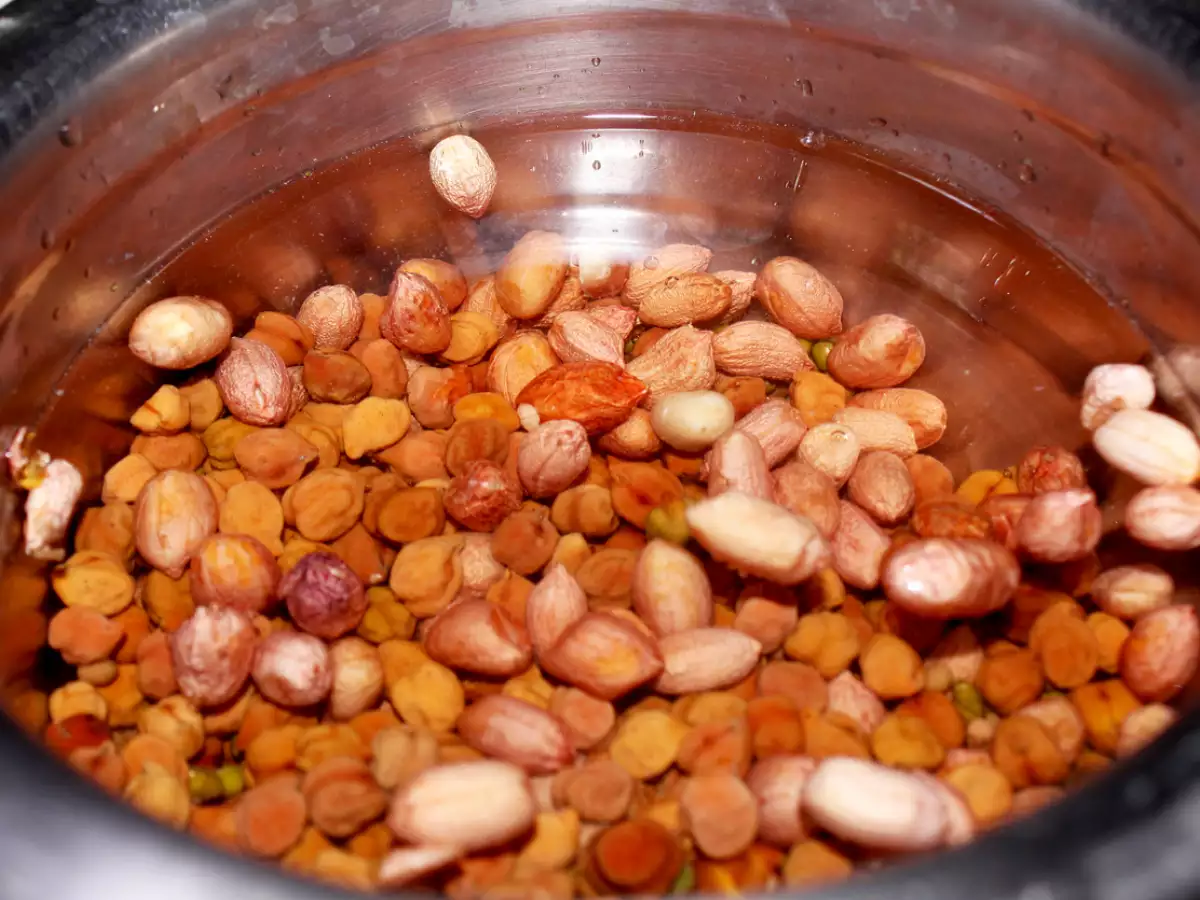Authors: Drs. Ben Enyetornye, Alfred Adjiri-Awere
POSSIBLE SUBSTITUTES FOR ANTIBIOTICS
Probiotics
Probiotics are defined as health-promoting bacteria (“friendly” bacteria) or yeasts, which when ingested in certain numbers, exert health benefits beyond inherent basic nutrition.
Commonly, lactic acid producing bacteria (e.g., Lactobacilli) and Streptococci are used in commercial preparations of probiotics. Yeast culture have also been used as probiotics in chicken and pigs. Probiotics occur naturally in fermented food, such as yoghurt. The number and species of bacteria in a probiotic can vary greatly, and each probiotic is likely to impact animals in different ways. Generally, probiotics offer the potential to increase health-promoting bacterial population, in the small intestine, by occupying binding sites of pathogenic bacteria and, selectively, excluding them.
Probiotics are known to improve the overall health of pregnant sows and piglets, and making juvenile pigs grow faster and fatter. Supplementing pregnant sows with probiotics increases litter size and vitality as well as the number that survived to be weaned. They also improve colostrum and milk quality and quantity in the sow reducing the risk of diarrhea in piglets.
In poultry, probiotics increase body weight gain, reduce mortality and increases carcass and bone quality.
Prebiotics
A prebiotic is a food or dietary supplement that confers health benefit on the host by selectively stimulating the growth of some bacteria which are already resident in the colon and/or by activating the metabolism of one or a limited number of health-promoting bacteria, thus eventually improving host welfare.
Thus, prebiotics serve as a source of nutrient for resident bacteria in the colon and administered probiotics. Prebiotics do not function by the components acting directly on the host nor the host absorbing any of its components. Instead, they alter the colonic resident bacteria proportions and their activities.
Examples of prebiotics include: nondigestible dietary oligosaccharides such as fructo-oligosaccharides (FOS), soybean oligosaccharides, lactulose, and lactitol. FOS are natural compounds found in certain plants (e.g., wheat and onion) and are the most extensively studied prebiotics in animals and humans. Due to their proposed health-promoting properties, colonic Lactobacillus and Bifidobacterium spp. are the preferred targets for dietary prebiotic manipulations.
In experiments, piglets, fed prebiotics, after exposure to diarrheal causing bacteria showed no sign of disease. In other experiments, prebiotics proved to contribute significantly to weight gain in piglets
Vaccination
Vaccines were ranked highest in 2015 in a multi-country ranking of possible alternatives to antibiotics. Enhanced biosecurity and vaccination reduce drastically the use of antibiotics on farms hence cost effective. A variety of other studies also showed that the use of various bacterial as well as viral vaccines (antibiotics are used in treatment of secondary bacterial infections) resulted in a significant reduction in antibiotic consumption. Research has demonstrated that vaccination against Lawsonia intracellularis in pigs can reduce the consumption of the antibiotic oxytetracycline by 80%. Routine vaccination against Aeromonas salmonicida led to a significant decrease in antibiotic use in the farmed salmon industry. Other studies showed that the use of E. coli vaccines in poultry production reduces the use of antibiotics by 44%.
Management and husbandry techniques
To achieve maximum potential of farm animals without the use prophylactic doses of antibiotics, a sound health management and husbandry practices is essential. These practices include but not limited to proper nutrition, provision of clean drinking water, enough ventilation, proper stocking density, reducing stress, avoid mixing animals of different age groups especially in poultry, regular cleaning and disinfection, biosecurity, quarantine and treatment of sick animals, proper weaning practices in pig production as well as practicing all-in all- out system in poultry production.
In commercial farms where animals are normally crowded, it is a good practice to immediately isolate sick animals, so as to reduce the chance of disease spread to the whole flock. For instance, in an outbreak of Foot and Mouth Disease (a disease which affects all cloven hoofed animals especially, cattle, sheep and goats, pigs, and buffaloes) quick segregation of affected animals can reduce the chances of disease spread to the other animals. When sick animals are treated early in the course of disease, there may not be the need for mass medication of the herd. As a matter of fact, a strong veterinary client relationship should be established with regards to herd health and antibiotic use.
Generally, it is understood that biosecurity should be an obligatory component of animal production system. Biosecurity could be defined as ‘practices that minimize the risk of introducing an infectious disease and spreading it to the animals at a facility and the risk that diseased animals or infectious agents will leave a facility and spread to other sites and to other susceptible species”. Recent studies have shown that the application of strict biosecurity measures on pig farms without the use of sub therapeutic doses of antibiotics, performance of these pigs is excellent and is as competitive as those fed with feeds containing antibiotics.
Over the past decades, in the aquaculture industry, several recurrent disease outbreaks have increased awareness of the importance of biosecurity. Examining specific points in production when pathogens may be introduced or disease may develop will help producers develop precautionary measures. Good biosecurity minimizes fish exposure and susceptibility to pathogens, reduces economic losses from mortalities, and helps prevent mandatory depopulation. In poultry production, it is sometimes more important to analyse what is wrong with the biosecurity programme on a farm than diagnosing the disease agent involved in a problem.
With good attention to biosecurity, a farmer can reduce dependency on extensive postmortems, tests and use of antibiotics.
Diet acidification
For piglets at weaning, a sudden change from milk diet to dry feed causes a rise in PH of the stomach content. Young piglets lack some basic biological needs (eg. adequate hydrochloric acid, HCl) for breaking down nutrients and reducing health challenges. By supplementing pig diets early with acids to increase absorption and reduce harmful pathogens, pigs have a better chance for healthy growth rates.
Acidification of pig diets is done with inorganic and organic acids to overcome the digestive insufficiency, post weaning lag and improve efficiency after weaning. KEM-GEST is a blend of organic and inorganic acids designed to provide an economical means to acidify pig feed. Pig producers have successfully used it for years as a solution to improve a weaned pig’s ability to digest complex diets. FORMYL, a coated source of formic acid manufactured with a proprietary process. Acidification of feed with formic acid can create a hostile environment for bacterial growth, which can lead to improved animal efficiency from the reduction of harmful bacteria. Acid LAC is a buffered liquid acidifier for livestock and poultry drinking water used to reduce the water pH. A combination of organic and inorganic acids as acidifiers provides better results.
Use of egg yolk antibodies
Egg yolk antibodies, generally referred to as IgY, have attracted considerable interest as a suitable alternative to antibiotics for growth promotion in the presence of disease-causing infectious agents.
Passive immunization, using chicken egg antibodies (IgY), has been found to be effective in providing protection against several pathogens affecting animals and humans. Examples of these pathogens are Helicobacter pylori (agent responsible for gastric maltomas and gastric ulcers in humans), cattle and human rotaviruses, cattle coronavirus, Listeria monocytogenes, Escherichia coli, Salmonella, Staphylococcus and Pseudomonas spp. Poultry pathogens such as infectious bursal disease (Gumboro) virus and Newcastle Disease virus; fish and aquatic pathogens like shrimp white spot syndrome virus (WSSV) etc.
The IgY could also serve as a valuable alternative to antibiotics for treating antibiotic-resistant microbial pathogens. Chicken egg yolk antibodies could also be useful in food preservation as natural antimicrobial agents. Major setback is the proteolytic disintegration of IgY in the stomach when administrated orally.
Part 1 of this article appeared in the Custodian of April 23, 2020










